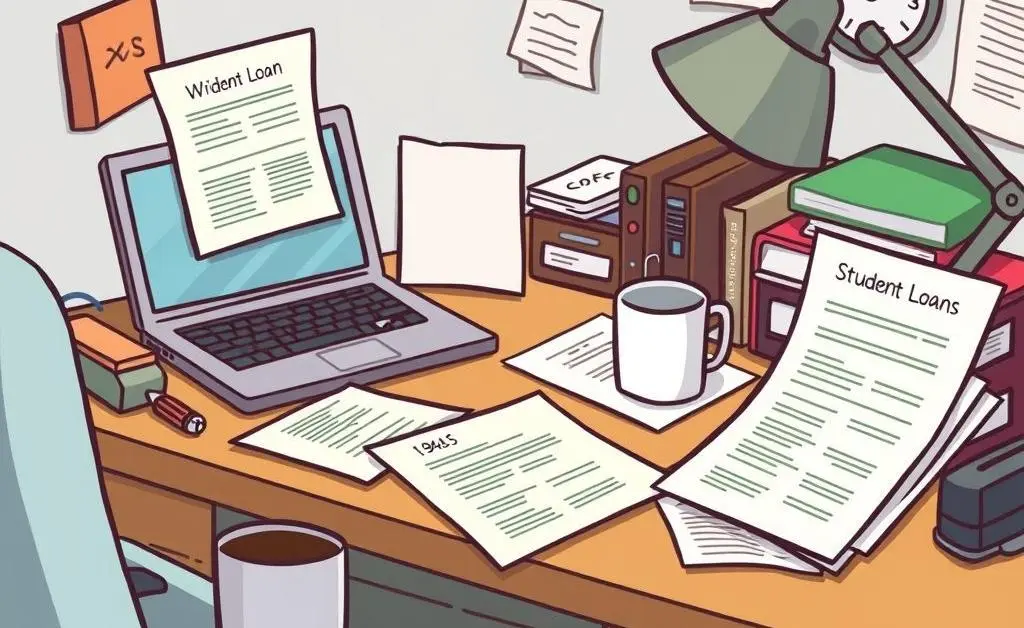Should You Refinance Your Student Loans? Smart Steps to Consider
Explore key insights to decide if refinancing your student loans is right for you.

If you've ever found yourself wondering whether refinancing your student loans is the right decision, you're not alone. This question echoes across countless minds, especially as we all hunt for smarter ways to manage our finances. Let's dive into the nuts and bolts of what refinancing involves, and whether it's a road you should take.
What is Student Loan Refinancing?
In simple terms, refinancing is the process of replacing your existing loan or loans with a new one, usually at a different interest rate or terms. The idea is to save money over time by securing a lower interest rate or consolidating multiple loans into one, more manageable monthly payment.

When to Consider Refinancing Your Student Loans
So, when should you consider refinancing? Well, if you're currently handling a cocktail of loans with varying interest rates and monthly payments, consolidation might ease some stress. Here are a few scenarios that might make refinancing beneficial:
- Your credit score has improved significantly since you first took out your loans.
- Current market interest rates are notably lower than what you’re paying.
- You want to simplify multiple loans into a single monthly payment.
Pros and Cons of Refinancing
Before you jump into refinancing, it's crucial to weigh the pros and cons. Here’s a simplified breakdown:
| Pros | Cons |
|---|---|
| Potential to lower interest rates | Loss of federal loan protections |
| Consolidated monthly payments | Requires a good credit score |
| Possibly lower monthly payments | May extend repayment period |

Steps to Refinance Your Student Loans
Refinancing doesn’t have to be daunting if you know the steps. Here's a quick rundown:

- Evaluate Interest Rates: Check if you can find a lower rate than your current one.
- Check Loan Terms: Consider the length of the loan and how it affects your monthly payments.
- Research Lenders: Compare offers from various lenders to find the best fit.
- Apply: Gather your documents and apply for the loan that meets your needs.
Conclusion
In the end, refinancing isn't a choice to rush. Reflect on these considerations, map out your financial goals, and think about what truly benefits you long-term. Could refinancing pave the way to financial freedom for you, or is sticking to your current plan the wiser choice? The answer lies in your personal financial landscape and future objectives.
I'd love to hear your thoughts or experiences with refinancing. Do you have questions or insights to share? Let's keep this conversation going!




